Shallow draft, center console, room for a family, and an electric motor make this Rescue Minor, built by students at the Great Lakes Boat Building School, an ideal boat for Michigan’s Les Cheneaux Islands.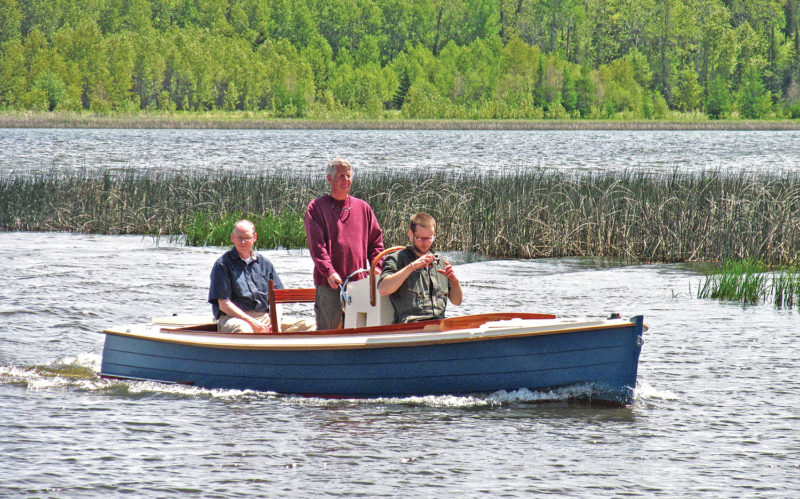 Kees Prins
Kees Prins
A couple of years ago, Bill Hunt of Aspen, Colorado, was looking for a boat with a very shallow draft. Hunt is a summer resident of Michigan’s Les Cheneaux Islands, and his home waters of Lakes Huron and Michigan currently have lower water levels than normal. Due to a combination of human and environmental factors the lakes are about 2' below mean level. As a result, many areas in the Les Cheneaux Islands have become inaccessible or hazardous for deep-draft boats. For his purposes, Hunt settled on a modified version of Rescue Minor.
William Atkin designed the Rescue Minor in 1942 as a military launch capable of rescuing wounded soldiers and sailors at speed from very shallow waters. The Atkin website (www.atkinboatplans.com) describes the design as a “tunnel-stern V-bottom Seabright skiff.” Besides the Rescue Minor, the Atkins designed several other tunnel-hulled boats, from a 17' utility scow to a 50' houseboat.

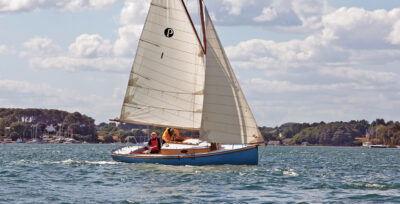
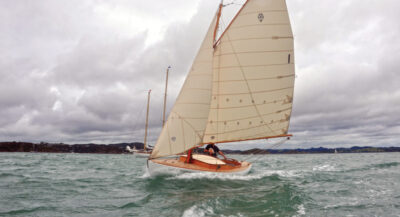
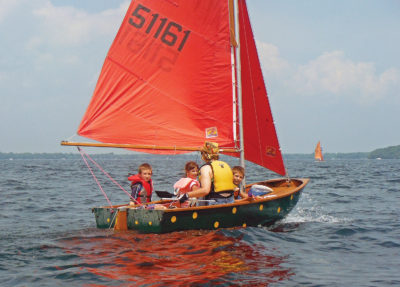
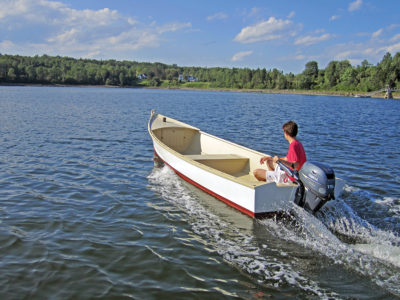
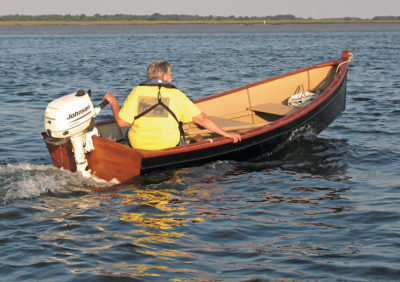
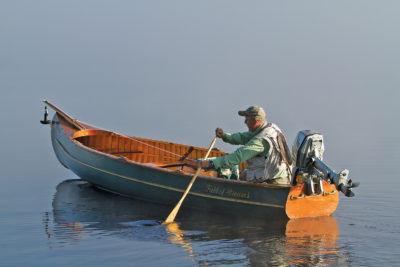
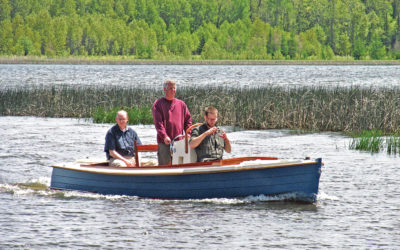

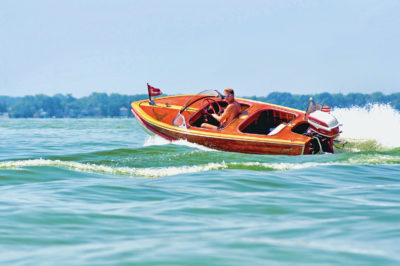
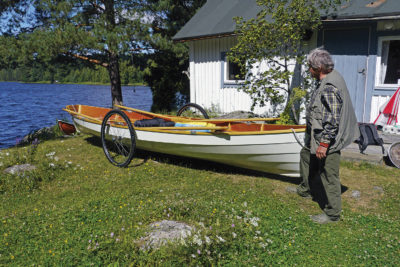
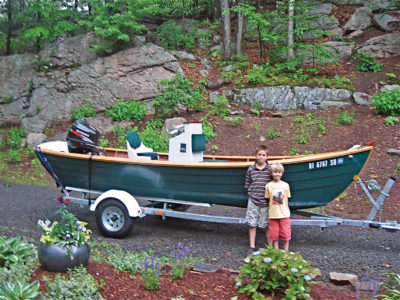
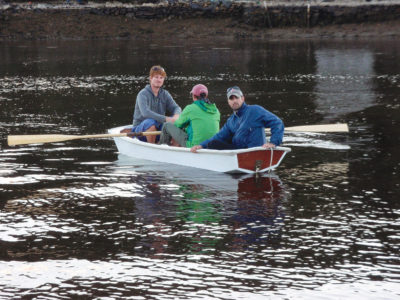
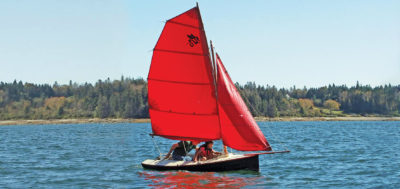
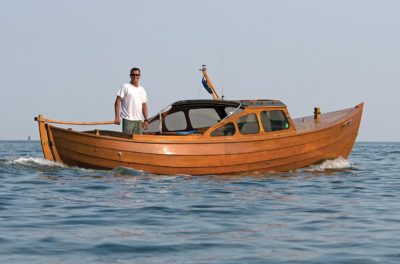
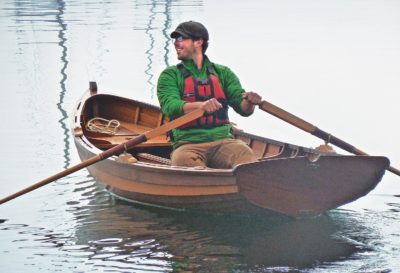

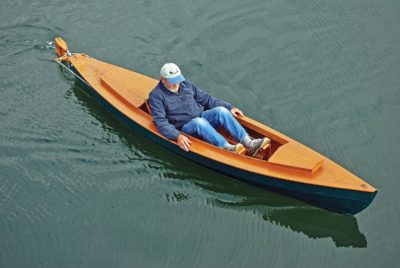
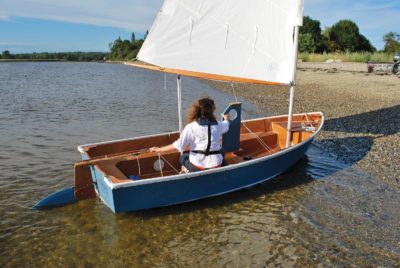
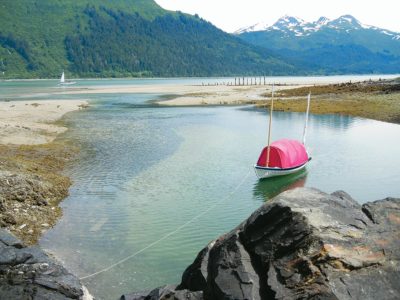
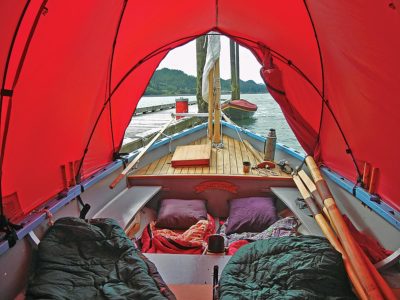
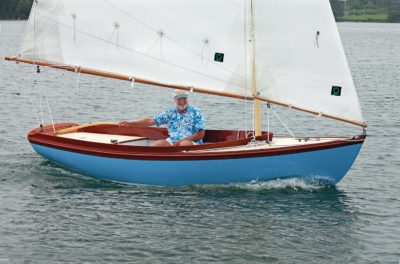

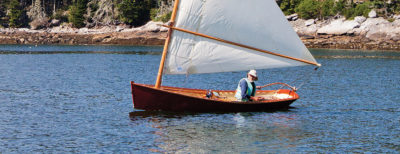
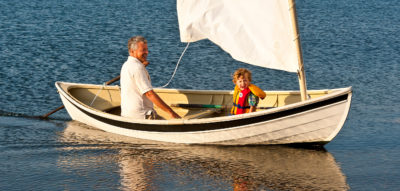

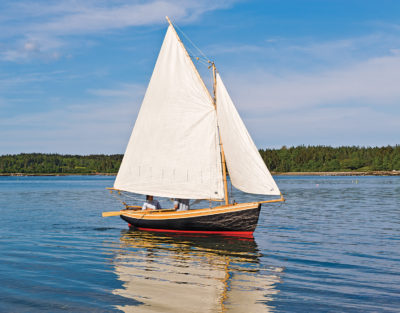
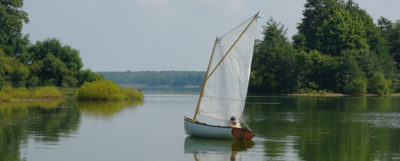
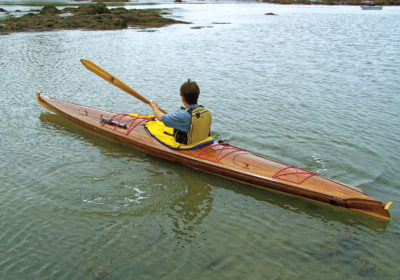
How can you do a whole article about Rescue Minor and not even mention Robb White?
Atkin designed quite a few boats with this bottom configuration (but without the “tunnel” effect). He called them Seabright skiffs. His work for the war included a 350′ tanker with the Seabright skiff underbody. Don’t know whether this was ever built. He loved the idea of decent speed with modest horsepower. Typically, he claimed speeds of around 17 mph using motors of very modest horsepower. “Happy Clam,” a plan I no longer possess (alas), was about his smallest at 17′, and called for a 6-hp motor. That appeared in How to Build 20 Boats, and his son John Atkin had a hand in the design (he may have actually been the sole designer).
Atkin also designed a number of boats, both round and V-bottom, that promised similar speeds. He always incorporated a bit of “hog” in the after part of the keel. I suspect that is what enabled the claimed speeds. These seem to be more of a fast displacement hull than a true planing hull.
The builders did a beautiful job of the reverse deadrise that forms the tunnel. I imagine this was the trickiest part of the build.
For Rescue Minor he calls for a motor of 91 cubic inches, but I don’t know how this translates to horsepower. The design as I have it was in vol. 38 of MoTor BoatinG’s Ideal Series.
I’m very happy to see Great Lakes Boat Building School mentioned in an article! They’re excellent people doing great work in Michigan’s upper peninsula, a very interesting place to mess about in boats. I am also a sucker for Atkins boats and electric propulsion and Lake Huron so this article is tailor made for me. Thank you!
I built a Rescue Minor several years ago. As with NEPENTHE, I modified the Atkin design to include a center console. My Rescue Minor, PEGGY ANN, uses a 25-hp diesel engine placed according to the plans. I have several observations:
1. With the engine placed according to the plans, the stern rides lower in the water than expected.
2. Atkin does not specify chine spray rails. They are needed.
3. With the flat bottom she does not ride a following angled sea well and tends to shimmy off the wave. I added a 2″ longitudinal keel from bow to end of box keel.
4. The biggest problem is the internal lower transom corners. Because of the tunnel design, any moisture that accumulates in these corners has no place to go. You need to include removable drains in these corners (these can be a thru threaded bolt) to drain these areas when you’re out of the water. Otherwise the boat will rot from the inside out.
5. She handles well enough but I would not want to take this craft out of protected waters. The freeboard is way to low. How Atkin could think that this vessel could take three sailors out to ships at sea in any kind of sea is just madness.
I built my Rescue Minor a few years ago but never installed the motor. I had a few distractions….Anyways, I finally got around to that important task and installed a 10Kw electric motor and two 48v LiFeP0 batteries. I followed Mr Atkins plans fairly closely other than some material choices and a fiberglass skin. Modern batteries and a motor made specifically for marine applications give me everything the boat was designed to do, only much more quietly! This arrangement is perfect for the shallow bays and marshes in my area around Aransas Bay, opening up vast areas to us for birding and fishing that we haven’t been able to access before. These batteries will last all day although I have an old 2-stroke Seagull tucked away in a stern compartment just in case.